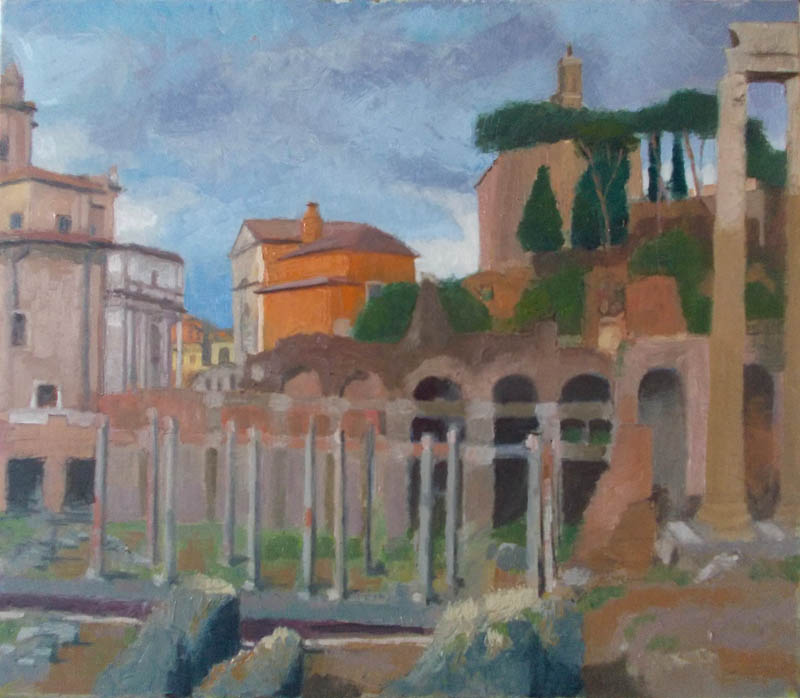 Rome is called the Eternal City but I ask myself what that means. The word eternal can mean lasting forever, without end and timeless; but it can also mean an emphasized expression of admiration in a phrase such as my eternal gratitude. How can these concepts be associated to a city? And, if I can call Rome eternal, why can’t I call Athens or Jerusalem the same?
Rome is called the Eternal City but I ask myself what that means. The word eternal can mean lasting forever, without end and timeless; but it can also mean an emphasized expression of admiration in a phrase such as my eternal gratitude. How can these concepts be associated to a city? And, if I can call Rome eternal, why can’t I call Athens or Jerusalem the same?
It is curious to find that even the ancient Romans called their city eternal. Classic Latin poets Tibullus and Ovid both expressed ideas that the eternal city (referring to the Roman Empire) would never fall, so the idea of eternal was originally associated with a political power. As an artist however, I think that the power today is not so much about politics as it is about beauty.
Other cities may be older than Rome; other cities may be more fascinating for the atmosphere or the liveliness; and other cities may offer more strategic positions for building financial wealth. But no other city can boast of the beauty that Rome offers to its viewers on any given day of the year. In this sense, the beauty of Rome is eternal.
It isn’t easy to define beauty; some say it is in the eyes of the beholder and there is probably some objective fact to that statement, but our subjectivity is relative to what we know and what we have experienced in our lives. A visit to Rome heightens the ideal of beauty to standards that are difficult to deny. Rome can raise one’s awareness of beauty simply because the city offers to the vision the pinnacle of illuminated stimuli.
This illuminated vision becomes itself a light for others, for example; Michelangelo’s work in the Sistine chapel was the fruit of a humanistic ideal that was present in the intellectual circles of his time. Artists who have come to set their eyes on it receive the light of the exquisite beauty that Michelangelo was able to emanate through his work.
After perceiving such a high standard, an artist’s subsequent work is naturally influenced by this new vision; a new standard is set before the beholder. Beauty is still in the eyes of that beholder, but what the beholder receives is a new dimension, a new ideal of beauty.
Rome, you are more than the house I see,
pastel facade and decorated door.
More than the garden I walk, shady and cool,
strewn with ignored ancient pieces of marble.
More than the obelisk I observe, cracked yet proudly standing,
guarding the square of wandering visitors.
More than the the fountain I feel,
circulating fresh water of timeless source.
Rome you are much more than these.
You are my brain, the synapsis of every crooked and narrow street
you open in my mind.
Anthony Lombardi, Drawing Instructor